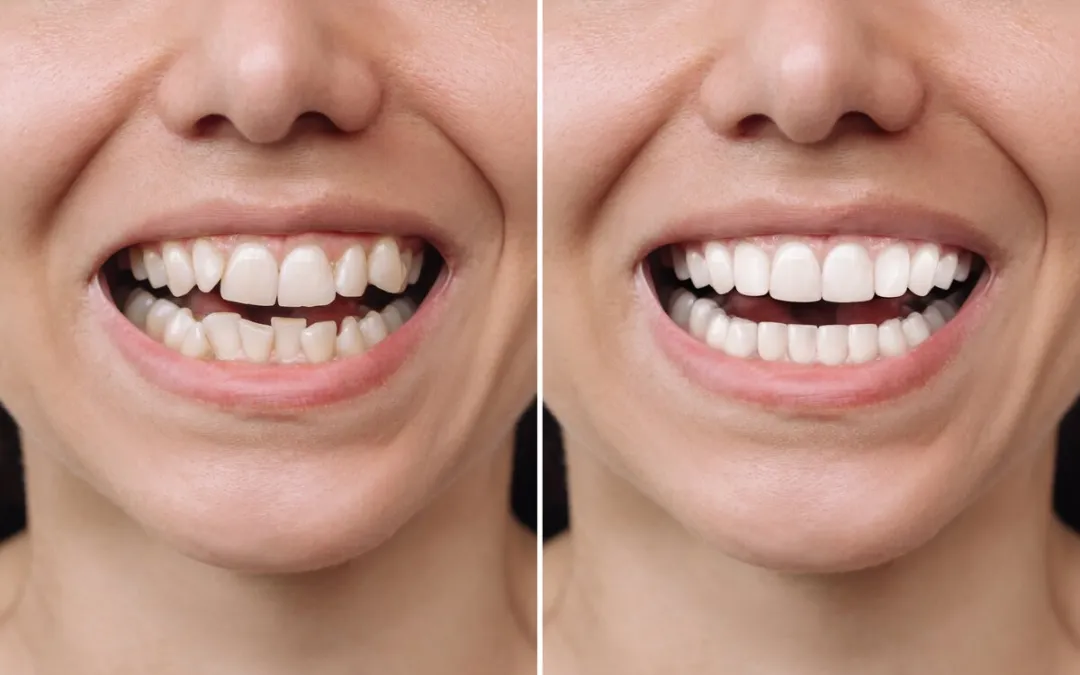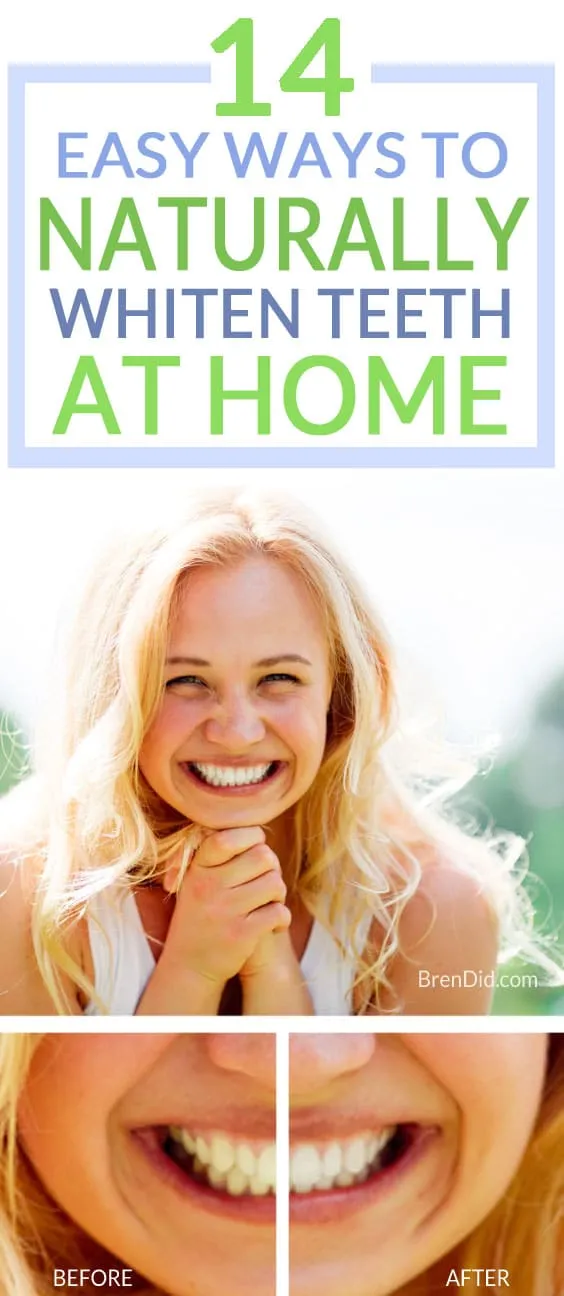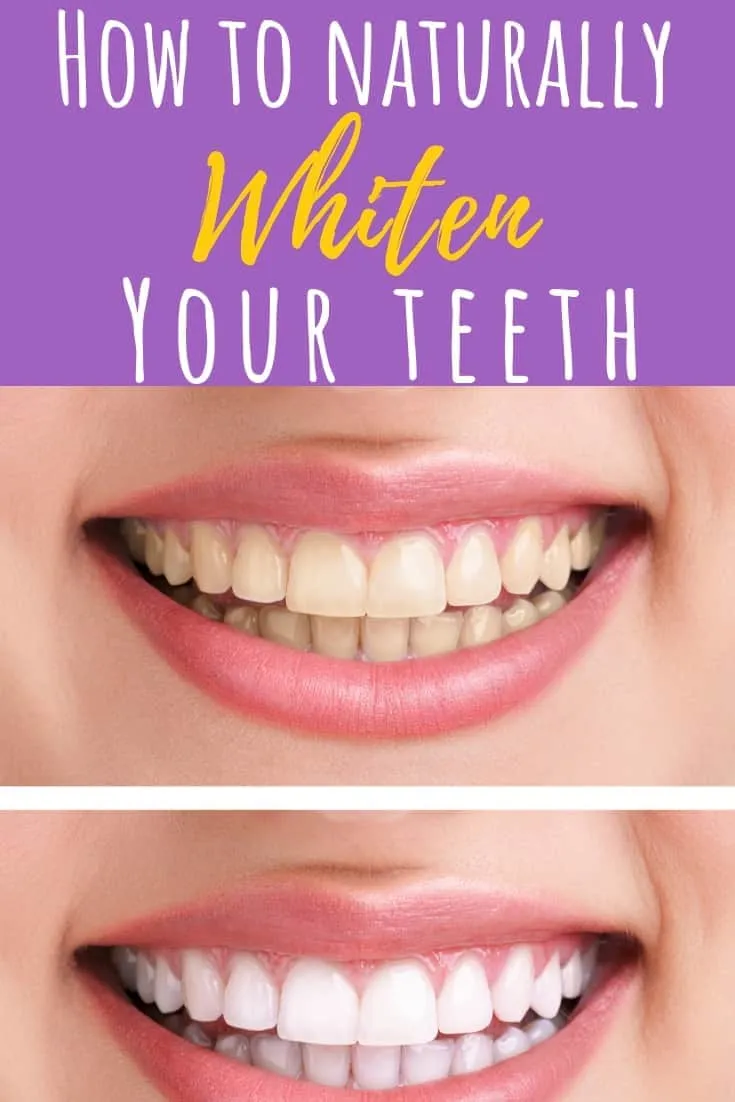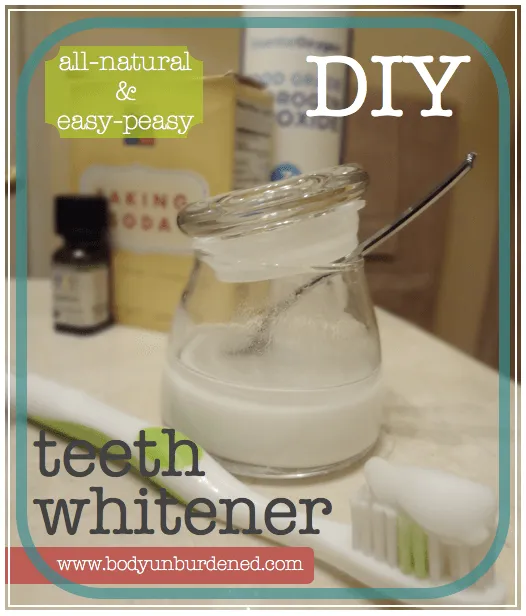What is DIY Teeth Whitening
DIY teeth whitening involves using natural ingredients and methods to lighten the shade of your teeth at home, without the need for professional dental treatments or harsh chemicals like hydrogen peroxide. This approach appeals to those seeking a more affordable, accessible, and often, a gentler way to achieve a brighter smile. The popularity of DIY methods has surged as people look for cost-effective alternatives, concerned about the potential sensitivity and side effects of professional bleaching or the chemical composition of over-the-counter products. The appeal lies in the control one has over the process, allowing individuals to tailor treatments to their specific needs and sensitivity levels, while often incorporating ingredients already found in their kitchens. Before starting any new teeth whitening routine, it is recommended to consult with your dentist.
Why Avoid Hydrogen Peroxide
Hydrogen peroxide is a common ingredient in professional and over-the-counter teeth whitening products. While effective, it can cause sensitivity and irritation. Some individuals experience temporary discomfort, such as tooth sensitivity to hot or cold, and gum inflammation, which can be particularly problematic for those with pre-existing dental conditions or sensitive teeth. Overuse or high concentrations of hydrogen peroxide can potentially damage tooth enamel over time, making teeth more vulnerable to decay and discoloration. The avoidance of hydrogen peroxide in DIY teeth whitening is often driven by a desire to minimize potential side effects and choose gentler, more natural alternatives. It also allows for a more holistic approach, focusing on ingredients known for their cleaning and stain-removing properties without the aggressive bleaching action of peroxide.
Method 1 Coconut Oil Pulling

Coconut oil pulling is an ancient Ayurvedic practice that involves swishing coconut oil in your mouth to remove bacteria and toxins. It’s a gentle method that can help to whiten teeth over time and improve overall oral health. The process is simple: you swish one to two tablespoons of coconut oil in your mouth for 15-20 minutes. The oil binds to bacteria and plaque, effectively drawing them out from your mouth. After swishing, spit the oil into a trash can (to avoid clogging your sink) and rinse your mouth with water. This method is particularly attractive because of its simplicity, its natural approach, and its potential to improve oral hygiene beyond just whitening, such as reducing bad breath and promoting healthier gums.
How Coconut Oil Works
Coconut oil is rich in lauric acid, which has antimicrobial properties. This means it can help kill bacteria in your mouth, reducing plaque buildup and fighting against gingivitis. As you swish the oil, it emulsifies with saliva, allowing it to reach all areas of your mouth. This process pulls out bacteria and toxins, helping to remove surface stains and improve the overall whiteness of your teeth. Because coconut oil is a relatively gentle substance, it is less likely to cause the sensitivity or enamel damage associated with stronger chemical whitening agents, making it suitable for individuals with sensitive teeth or those seeking a natural alternative to traditional teeth whitening products. Regular use of coconut oil pulling can contribute to a cleaner, healthier mouth, and progressively whiter teeth.
Tips for Effective Oil Pulling
For effective oil pulling, use high-quality, organic, extra virgin coconut oil. Start with a shorter duration (5-10 minutes) if you’re a beginner, gradually increasing to the recommended 15-20 minutes as you get used to the process. Perform oil pulling on an empty stomach, ideally first thing in the morning, before brushing your teeth. Ensure the oil reaches all areas of your mouth, swishing it gently between your teeth and around your gums. After spitting the oil, rinse your mouth thoroughly with warm water, and then brush your teeth as usual to remove any remaining residue. Consistency is key: for noticeable results, incorporate oil pulling into your daily or regular oral care routine, alongside brushing and flossing.
Method 2 Baking Soda and Lemon Juice

Baking soda and lemon juice are popular ingredients for DIY teeth whitening due to their stain-removing properties. The combination can provide a quick fix for brightening your smile. Typically, you would mix a small amount of baking soda with lemon juice to create a paste, which is then applied to your teeth. However, it is crucial to understand that, while this method can be effective, it requires caution due to the acidity of lemon juice. Overuse can potentially damage tooth enamel and increase sensitivity. The key lies in moderation and proper application, to ensure the benefits of teeth whitening outweigh any potential risks. Always consult with a dentist to determine if this method is suitable for your dental health.
The Whitening Power of Baking Soda
Baking soda, or sodium bicarbonate, is a mild abrasive that can help scrub away surface stains on your teeth. It works by gently polishing the enamel and removing stains caused by coffee, tea, and other foods. Its alkaline properties also help neutralize acids in the mouth, contributing to a healthier oral environment. Baking soda can be a safe and effective whitening agent when used correctly. Its effectiveness lies in its abrasive qualities which help in the mechanical removal of surface stains. Furthermore, it is a common household item that is easily accessible and cost-effective. It is a good alternative to stronger chemical whiteners because it is gentler and less likely to cause sensitivity.
Risks of Lemon Juice
Lemon juice is highly acidic and can erode tooth enamel if used excessively. This erosion can lead to increased tooth sensitivity, making your teeth more vulnerable to decay and damage. The citric acid in lemon juice can also cause irritation to gum tissue. Therefore, it’s very important to use lemon juice with extreme caution and in very limited quantities for teeth whitening. It is crucial to dilute the lemon juice and to avoid using it too frequently. For those with sensitive teeth or existing enamel erosion, it is advisable to completely avoid lemon juice for teeth whitening. Consider consulting a dentist to determine if the use of lemon juice is appropriate for your dental health.
How to Use Baking Soda Safely

When using baking soda for teeth whitening, mix a small amount with water to form a paste. Brush gently for no more than two minutes, avoiding harsh scrubbing to prevent enamel abrasion. Use this method sparingly, no more than once or twice a week, to minimize the risk of enamel erosion. After brushing, rinse your mouth thoroughly with water to remove any residue. Another safer alternative is to mix baking soda with a small amount of toothpaste, to dilute the baking soda and further protect your enamel. Always monitor your teeth for any signs of increased sensitivity or enamel damage. If you experience any adverse effects, discontinue use immediately and consult a dentist. Consider consulting a dentist to ensure this method is suitable for your dental health.
Method 3 Activated Charcoal
Activated charcoal has gained popularity as a DIY teeth whitening agent due to its ability to absorb stains. It is a finely powdered, odorless, and tasteless black substance made from heating a source of carbon, such as coconut shells or wood. The ‘activated’ part refers to a process that increases the charcoal’s porosity, making it more absorbent. When used for teeth whitening, activated charcoal helps to remove surface stains caused by coffee, tea, wine, and other staining agents, resulting in a noticeably brighter smile. Its rise in popularity stems from its natural source, ease of use, and perceived effectiveness. The key to successful use is to incorporate it into your dental routine with proper application and frequency.
The Science Behind Activated Charcoal
The effectiveness of activated charcoal for teeth whitening lies in its highly porous structure. These pores act like tiny magnets, attracting and absorbing stain molecules and other impurities. As you brush with activated charcoal, the charcoal particles bind to the stains on your teeth. This binding effect allows the charcoal to gently lift and remove the stains when you rinse your mouth. Unlike chemical whiteners, activated charcoal does not chemically alter the structure of the tooth enamel. It works mechanically by absorbing surface stains. It is important to choose food-grade activated charcoal. Be mindful of the abrasiveness of activated charcoal and use it gently to avoid damaging your enamel.
How to Use Activated Charcoal for Whitening

To use activated charcoal for teeth whitening, wet your toothbrush and dip it into the charcoal powder. Brush your teeth gently for two minutes, paying attention to all surfaces. Rinse your mouth thoroughly with water, then brush your teeth again with regular toothpaste to remove any remaining charcoal residue. While activated charcoal is generally safe, using it too aggressively can damage your enamel. Use it sparingly, typically once or twice a week, to avoid over-abrasion. Be prepared for a bit of a mess; activated charcoal can be very messy. Use a dark-colored sink and protect your clothing to prevent staining. Discontinue use if you notice any increased sensitivity or enamel damage. Consult with your dentist about the best and safest ways to incorporate activated charcoal into your oral care routine.
Method 4 Turmeric Paste
Turmeric, a yellow spice commonly used in cooking, has gained attention for its potential teeth whitening properties. While primarily known for its anti-inflammatory and antioxidant benefits, turmeric’s use in oral care aims to remove surface stains and promote healthier gums. The key to using turmeric effectively lies in creating a paste that is gentle on the enamel, minimizing abrasiveness while maximizing the stain-removing properties. It is important to be aware that turmeric can stain toothbrushes, clothing, and surfaces. Using it as a teeth-whitening method requires consistency, and it may not produce immediate results. Regular use of a turmeric paste, combined with proper brushing and flossing, can contribute to a brighter, healthier smile over time.
Turmeric’s Anti-inflammatory Properties
Turmeric contains curcumin, a compound known for its potent anti-inflammatory and antioxidant effects. In the context of oral health, these properties can help reduce gum inflammation and prevent the buildup of plaque and bacteria. By combating inflammation, turmeric can contribute to healthier gums, reducing the risk of gingivitis and periodontitis. The antioxidant properties of turmeric also help protect against free radicals, which can damage cells and contribute to oral health problems. While turmeric’s primary benefit lies in its ability to reduce inflammation, the improved oral health environment can contribute to whiter teeth by reducing the effects of inflammation and promoting a healthier mouth. The use of turmeric in oral care aims to support overall oral health, with teeth whitening as an additional benefit.
Making a Turmeric Whitening Paste

To make a turmeric whitening paste, combine one teaspoon of turmeric powder with a small amount of water or coconut oil to form a paste. Mix well, ensuring the consistency is not too thick or abrasive. Apply the paste to your toothbrush and brush gently for about two minutes. Rinse your mouth thoroughly with water. It is advisable to brush your teeth with regular toothpaste afterward to remove any residual turmeric and its yellow color. For added benefits, you can add a pinch of baking soda to the paste. It is important to use this method with caution to avoid staining your toothbrush, sink, and clothing. If you have any existing dental issues, consult with your dentist to ensure this method is suitable for your dental health.
Method 5 Apple Cider Vinegar Rinse
Apple cider vinegar (ACV) is another natural ingredient that has been suggested for teeth whitening due to its potential to remove stains. However, it is important to approach this method with extreme caution because of its acidity. The effectiveness of ACV lies in its ability to break down plaque and bacteria. ACV can have a cleaning effect on the teeth. The potential risks, stemming from the acidity of ACV, highlight the importance of using it in moderation. It should not be used as a standalone teeth-whitening solution. To safely incorporate ACV into your oral care routine, it is crucial to understand the proper methods of dilution and application, and to be aware of the potential risks involved.
How Apple Cider Vinegar Works
Apple cider vinegar contains acetic acid, which can help break down plaque and bacteria, potentially reducing stains on your teeth. ACV works as a mild cleaning agent to remove surface stains. The acidity also aids in killing bacteria in the mouth, contributing to overall oral health. In addition to the potential stain removal, ACV may help balance the pH levels in your mouth, promoting a healthier environment. It is essential to use ACV with extreme caution and in a diluted form to minimize any risks associated with its acidity. If used incorrectly, the acid can erode tooth enamel and increase the risk of tooth sensitivity.
Precautions and Dilution

Due to its acidity, apple cider vinegar should always be diluted with water before use. A common dilution ratio is one part ACV to ten parts water. Swish the diluted solution in your mouth for no more than 30 seconds. Then rinse your mouth thoroughly with plain water. It is important not to brush your teeth immediately after using ACV, as the acid can soften the enamel. Wait at least 30 minutes before brushing. People with sensitive teeth or enamel erosion should avoid this method altogether, as it can worsen these conditions. If you experience any sensitivity or discomfort, stop using ACV immediately. Regularly monitor your teeth for signs of enamel erosion, and consult with your dentist for advice on the safe use of ACV or alternative teeth-whitening methods.
Maintaining Your White Smile
Once you have achieved a brighter smile, it’s important to implement habits to maintain your teeth’s whiteness. Regular brushing and flossing are essential to remove plaque and prevent stains. Limiting consumption of stain-causing foods and beverages, such as coffee, tea, red wine, and dark-colored berries, can help prevent discoloration. Staying hydrated by drinking plenty of water throughout the day helps rinse away food particles and acids. Routine dental checkups and cleanings are vital for maintaining oral health and removing any stains that may have accumulated. Consider using a whitening toothpaste to help maintain the brightness of your teeth between DIY treatments. Following these steps will help you maintain a beautiful, bright smile for the long term.
